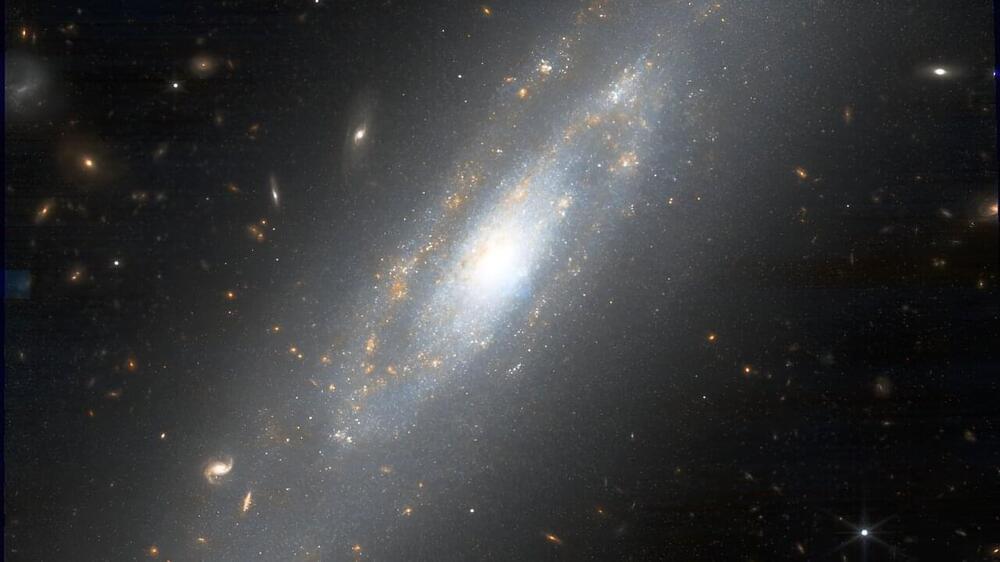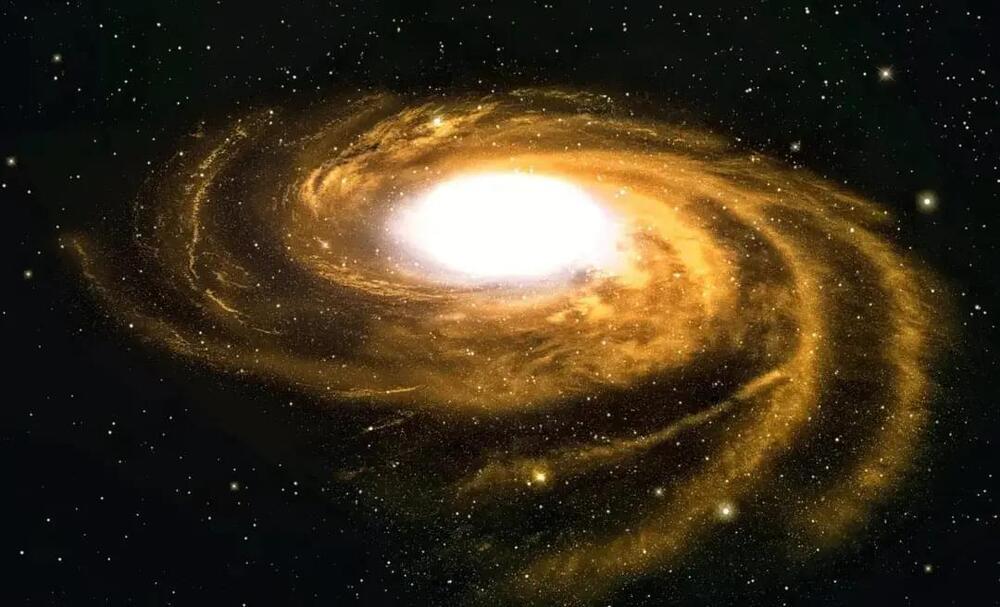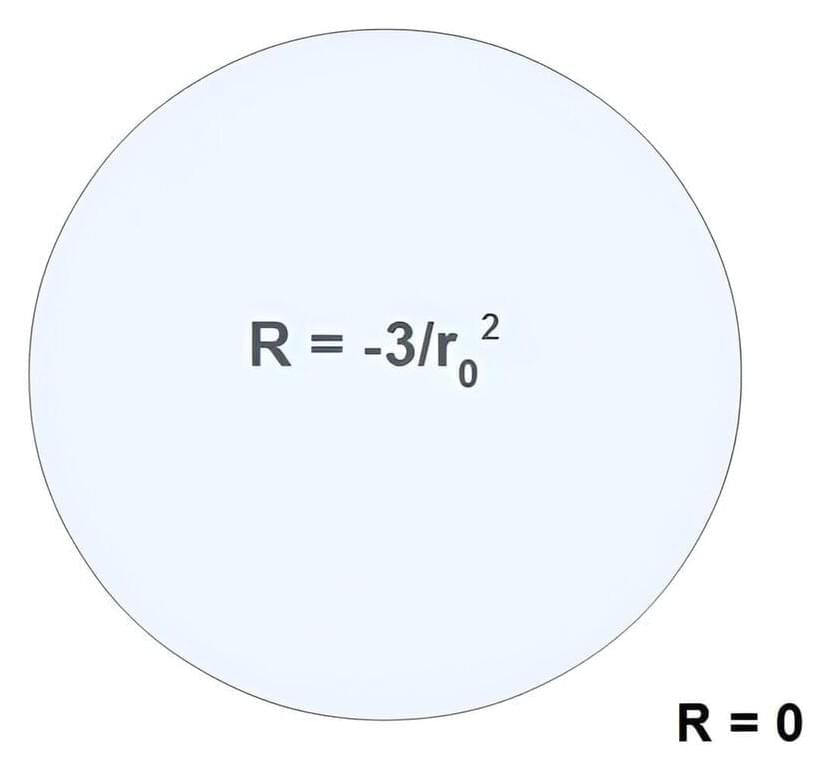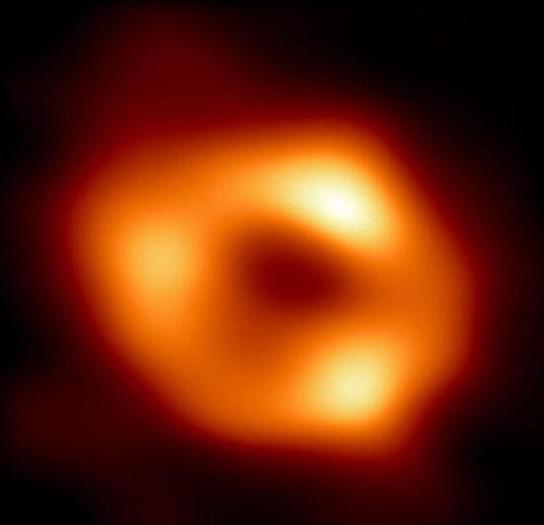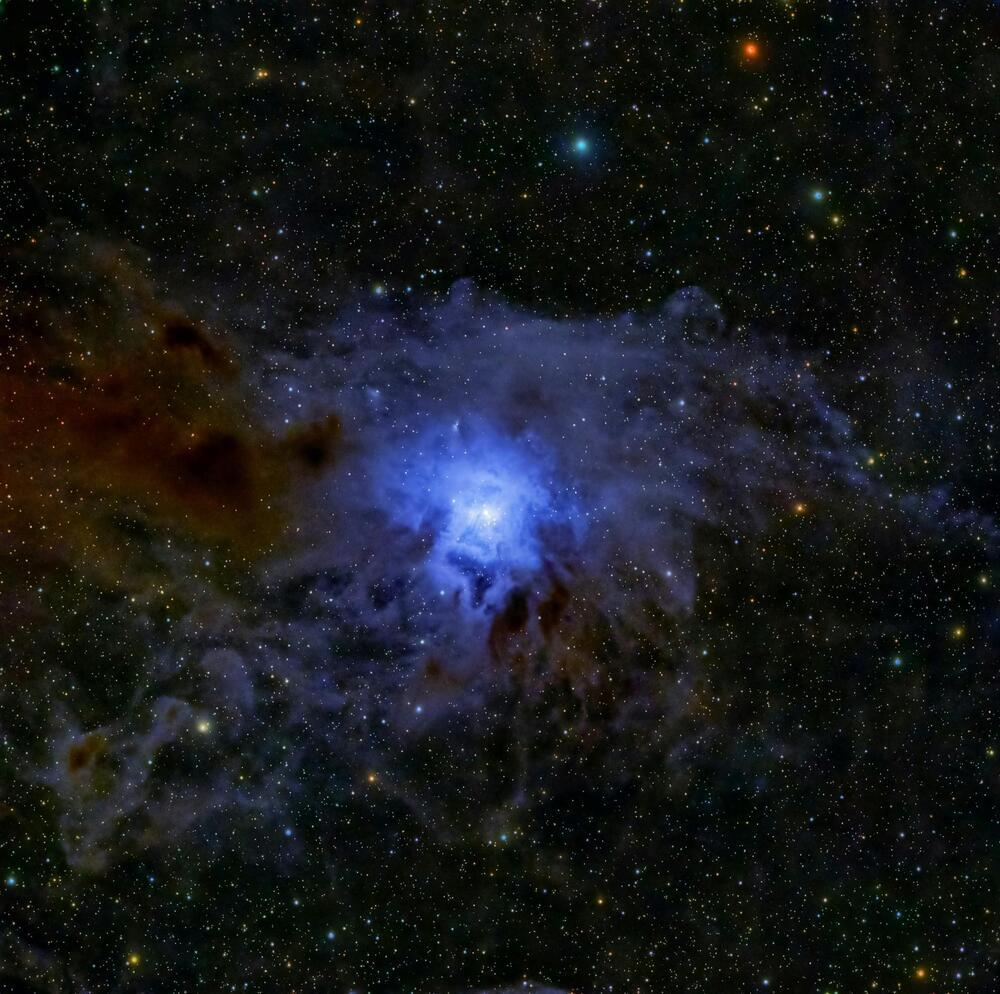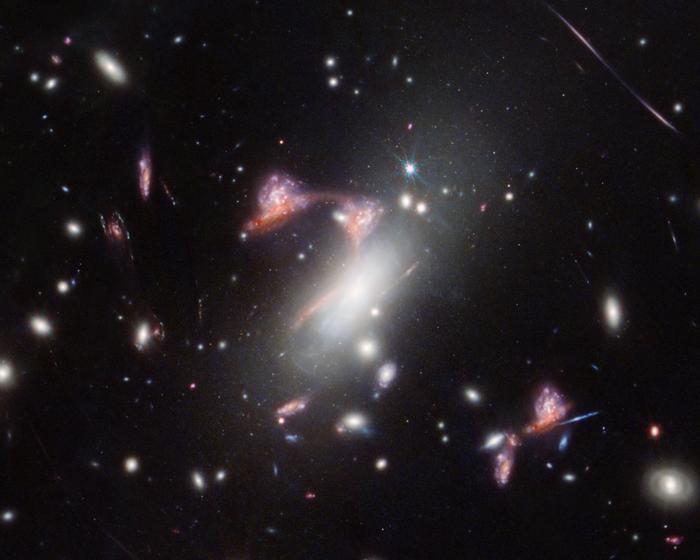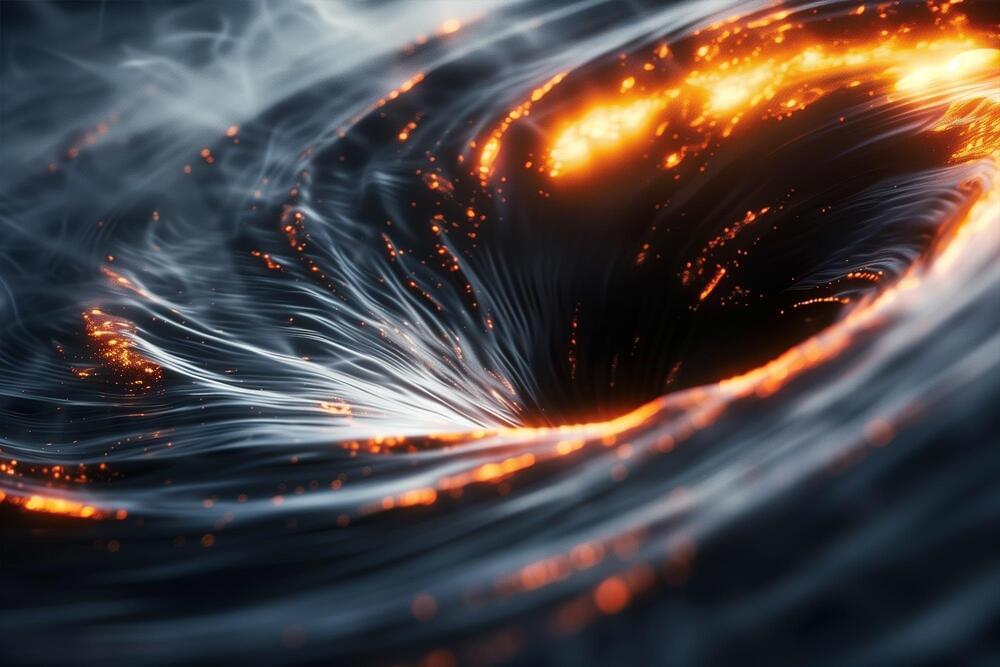New James Webb Space Telescope observations may have done with one of the longest-standing tensions in cosmology.
For almost a decade, astronomers have been struggling with a nagging mismatch between two different ways of determining the Hubble constant — a measure of the current expansion rate of the universe. This mismatch, known as the Hubble tension, has led to claims that new physics might be needed to solve the issue. (Read about the “constant controversy” in the June 2019 issue of Sky & Telescope.)
But a detailed analysis of a new set of James Webb Space Telescope (JWST) observations now suggests that the problem may not exist. “As Carl Sagan said, extraordinary claims require extraordinary evidence,” says Wendy Freedman (University of Chicago), “and I don’t see extraordinary evidence.”
